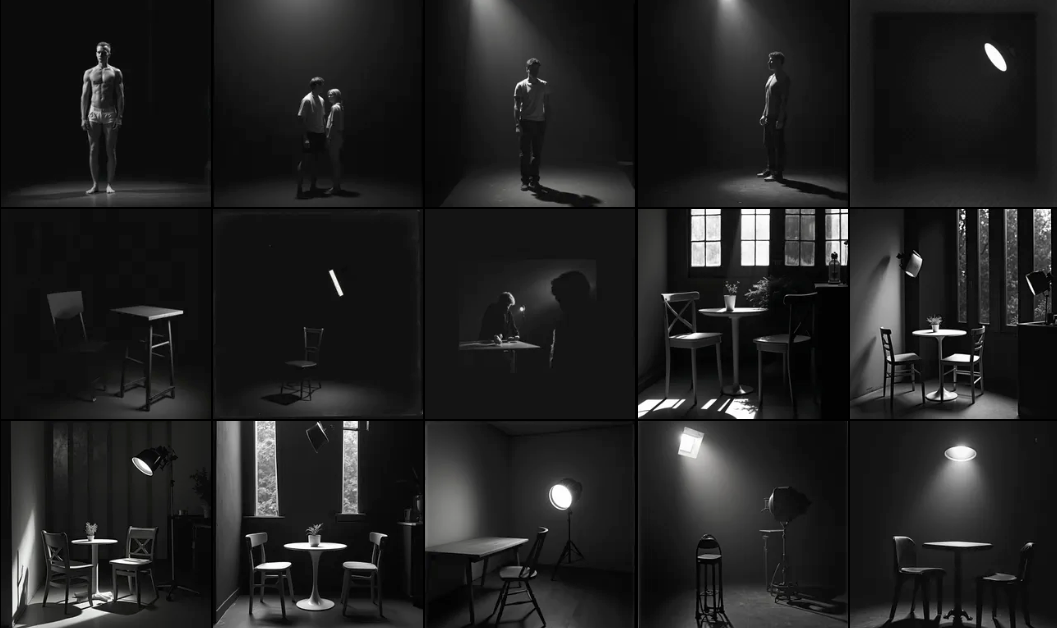Generative Art and Meaning
The Democratization of Creation: Gen AI has brought the ability to create to anyone, a phenomenon we've seen repeatedly throughout history. Technology invariably expands the masses' capabilities. For instance, the invention of the printing press granted widespread access to human knowledge, revolutionizing the world. While the past can offer insights, it's not always a perfect comparison. Previously, people gained access to knowledge but still had to earn the ability to write a thoughtful book. Today, with Gen AI, people are beginning to access creation, not just knowledge.
The term "democratization of creation" is misleading. It implies that anyone can now learn how to create meaningful art, which was always possible. What Gen AI has done is eliminate the need to learn how to create meaningful art. Artists will tell you that meaning comes from the process itself, from years of learning and sacrifice. However, even then, there's no guarantee of creating something others deem meaningful, as pure talent is the gatekeeper. This process is absent in Gen AI artworks, making them feel hollow. Just take a look at the header image of this article.
Creating Authenticity with Generative Art: Is it possible to create something meaningful using generative AI? Perhaps, but we must look forward rather than backward and complaining about all the human-made work that LLCs have absorbed and learned from.
The process of using a prompt in Midjourney to generate an image bypasses the human process that created the source artworks. This lack of process is why the meaning is lost. Artists like Da Vinci used layers of translucent paint to subtly nudge the color and tone with each pass to achieve the perfect color and tone for the Mona Lisa's face. Similarly, we can apply this lesson to generative AI. Instead of just typing a prompt and accepting the output, people are starting to understand that the process needs more nuance. As this way of thinking evolves, we may witness the emergence of new creation processes, built upon the foundation of today's LLM models, that elevate generative AI into a more meaningful space.
The Future of Visual Arts: Meaningless art does have its uses today, particularly in the lower end of the advertising, design, and writing markets, where generated art is used to sell things quickly and cheaply. This work, once done by humans, no longer needs human intervention. However, the high end of these markets, where agencies focus on meaningful storytelling, is different.
Ad Agencies should be cautious about releasing meaningless work on behalf of their clients, given the current hype around generative AI. It would be wise to take it slow and see how this all pans out as illustrated by the recent controversy over THIS ad by 72 and Sunny for Under Armour. I don't take sides in this debate as I see reason in both but it is very interesting to watch.
Currently I believe that novel ideas and the avant-garde will always be defined by humans, as LLMs can only know what we like because we tell them. Things change though.

